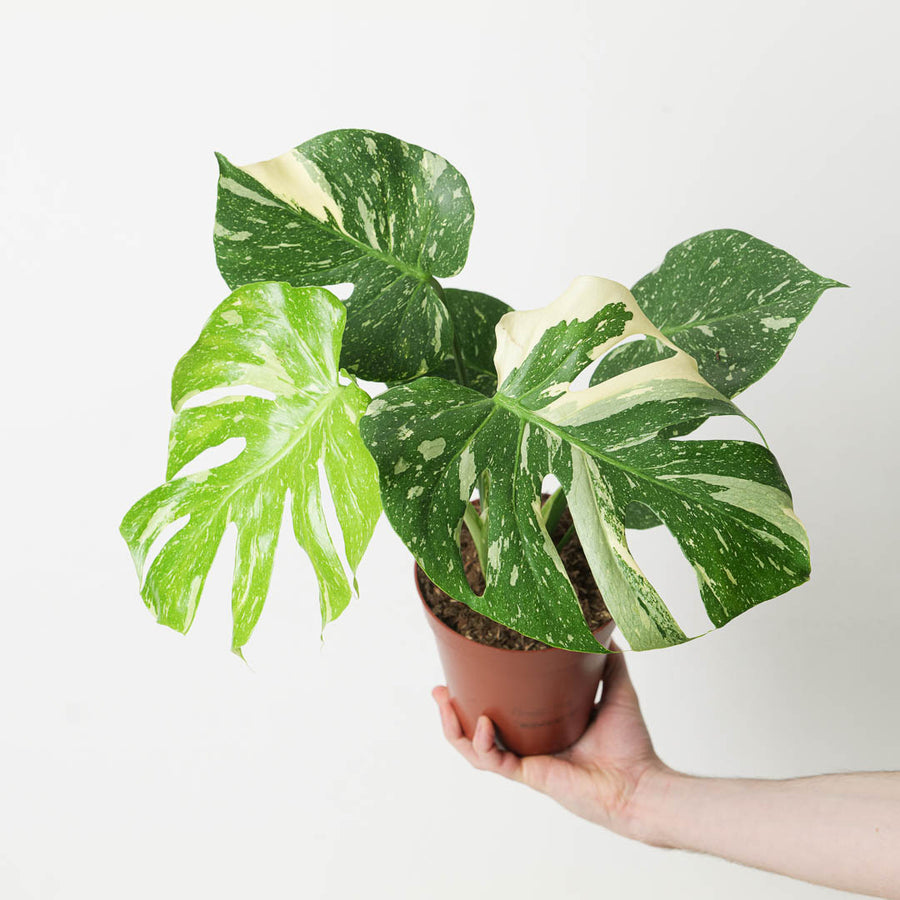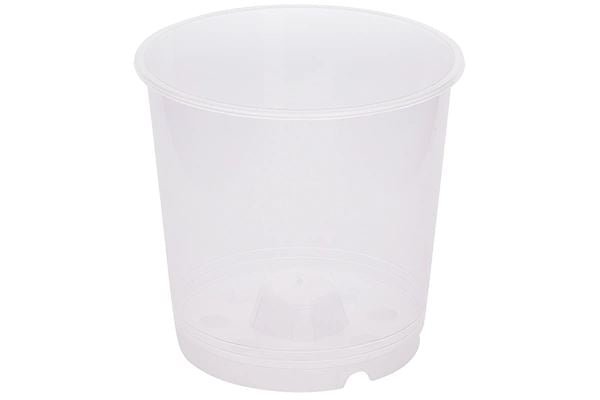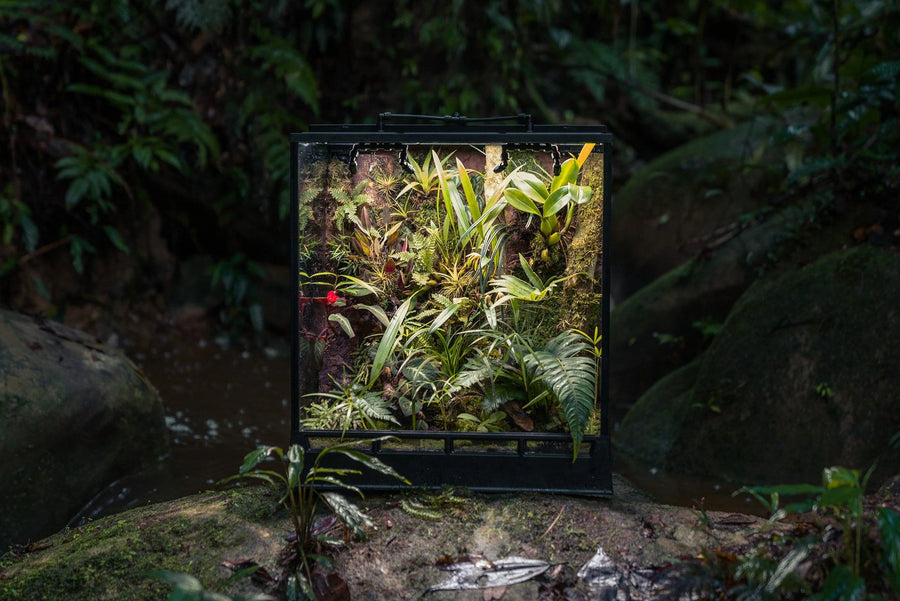Billbergia vittata is a striking bromeliad species native to the Atlantic Forest of eastern Brazil, particularly in the states of Minas Gerais, Espírito Santo, and Rio de Janeiro. It typically grows as an epiphyte or lithophyte in humid, shaded environments at elevations between 200 and 1,400 metres. This plant forms tall, tubular rosettes up to 60 cm high, with stiff, lance-shaped leaves that display distinctive horizontal silver bands against a green or purplish background. The leaf margins are spined, and the central tank formed by the rosette collects water and organic debris.
Native to: The Atlantic Forest of eastern Brazil, including the states of Minas Gerais, Espírito Santo, and Rio de Janeiro. It grows as an epiphyte or lithophyte in humid, shaded environments at elevations between 200 and 1,400 metres.
Water: Keep the central tank (rosette) filled with fresh water, refreshing it regularly to prevent stagnation. Water the potting medium sparingly, allowing it to dry out slightly between waterings.
Light: Prefers bright, indirect light. Avoid direct sunlight, which can scorch the leaves. In lower light conditions, the foliage may remain green, while brighter light can enhance the plant's coloration, producing deeper purples and reds.
Humidity: Thrives in moderate to high humidity levels. If indoor air is dry, especially during winter months, increase humidity by using a humidifier, placing the plant on a pebble tray with water, or grouping it with other plants.
Temperature: Optimal temperature range is between 16°C and 30°C. Protect from temperatures below 10°C. Avoid sudden temperature drops and keep away from cold drafts.









